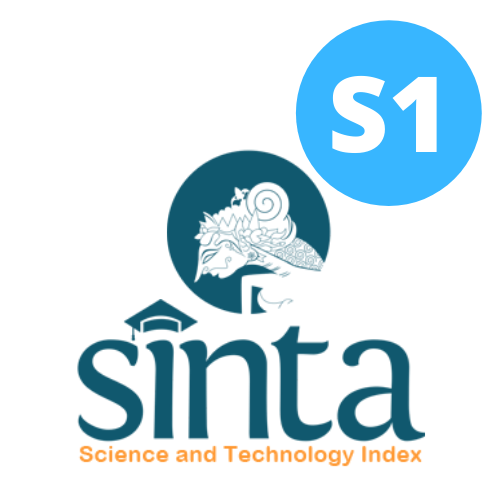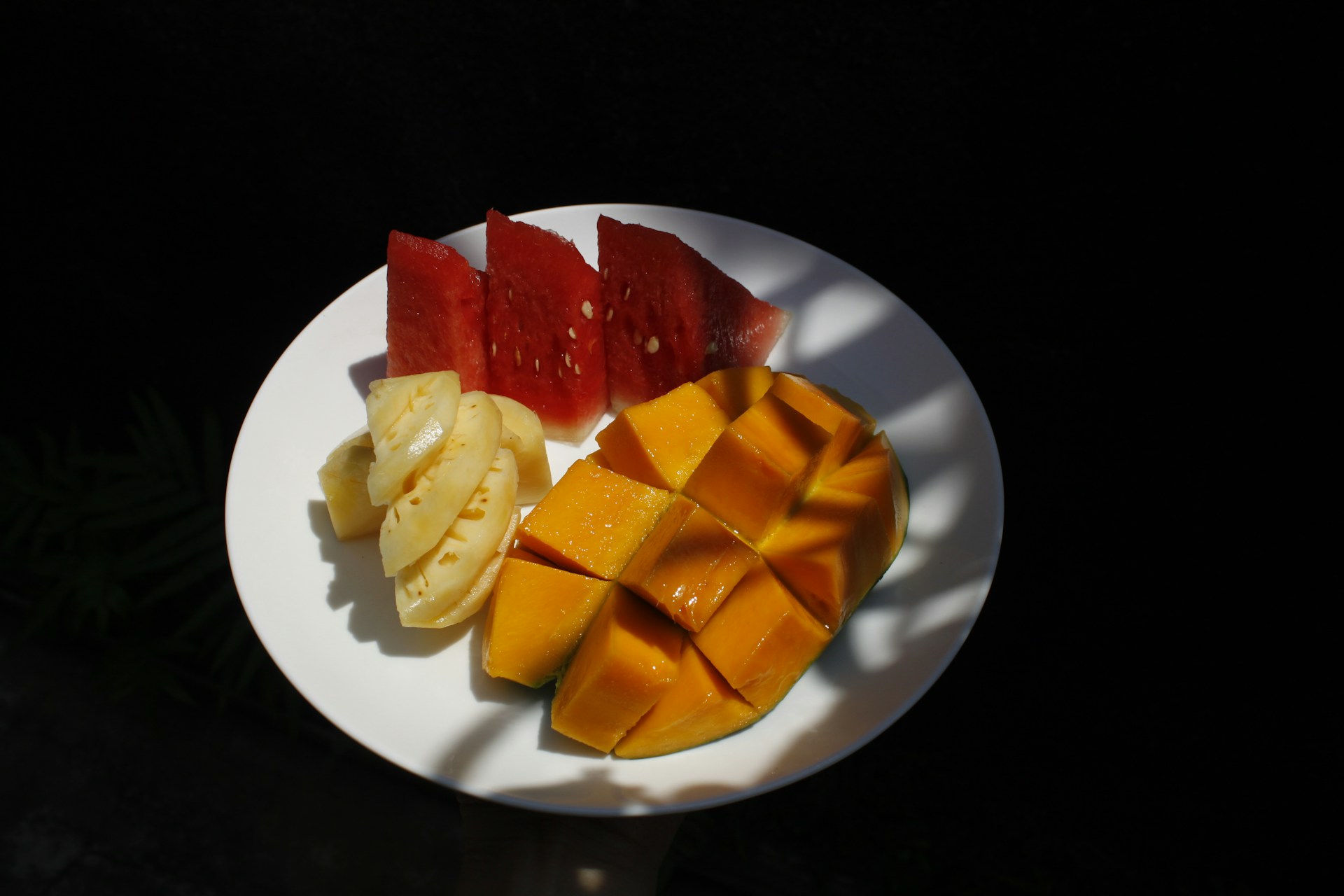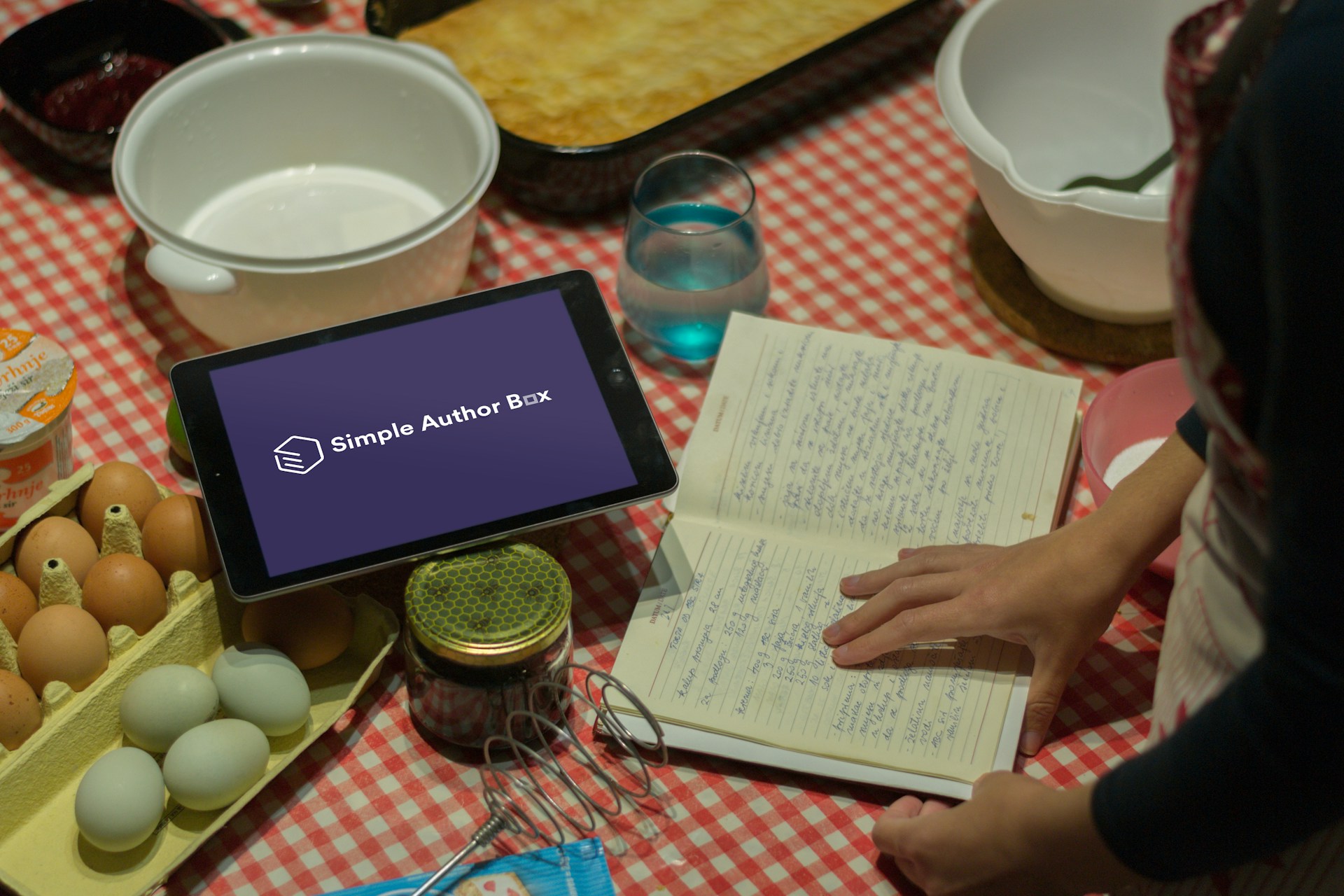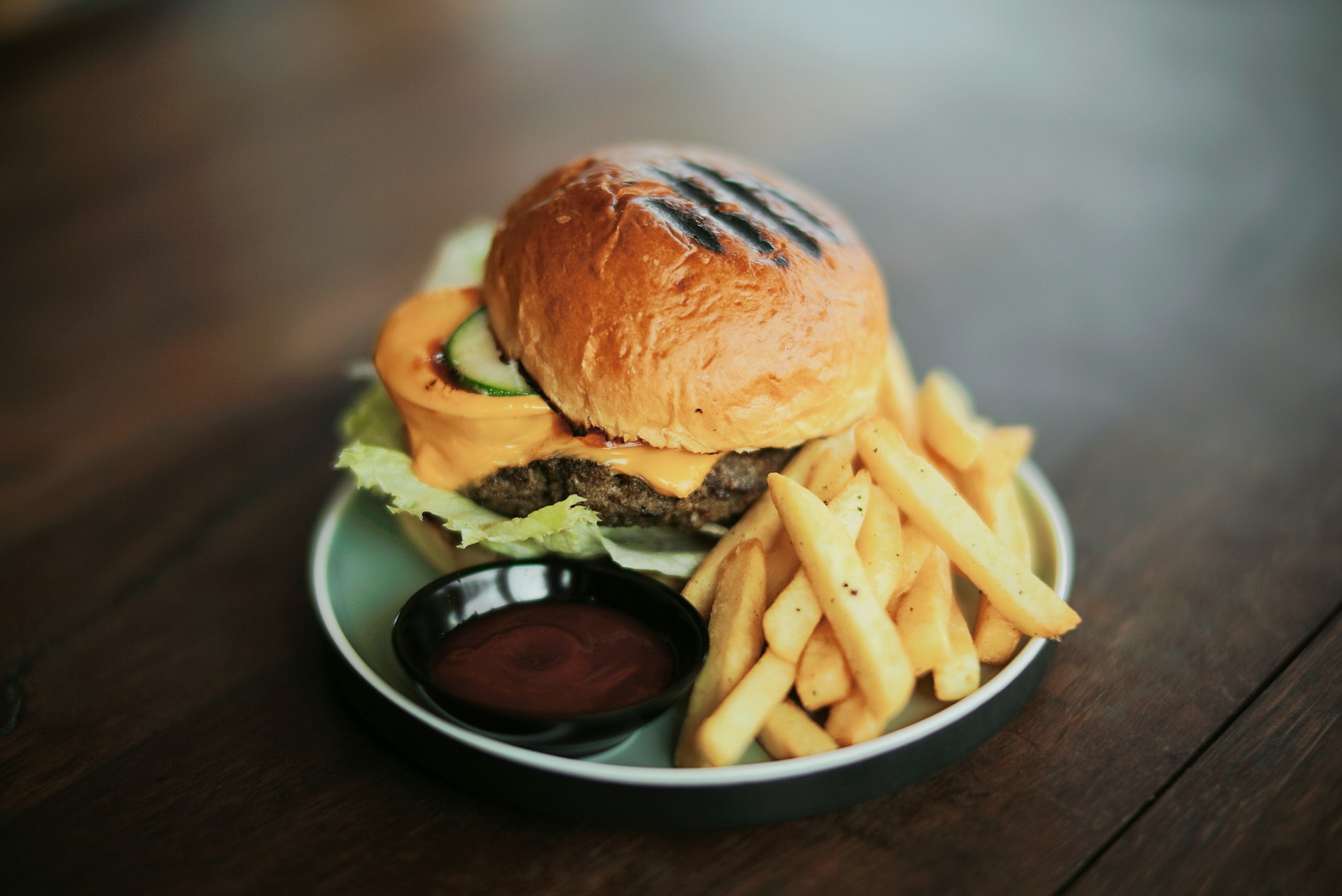Antioxidant Activity of Nanoparticle Modified from Sembung Leaf (Blumea balsamifera L.) Extract
Aktivitas Antioksidan Nanopartikel dari Ekstrak Daun Sembung (Blumea balsamifera L.)
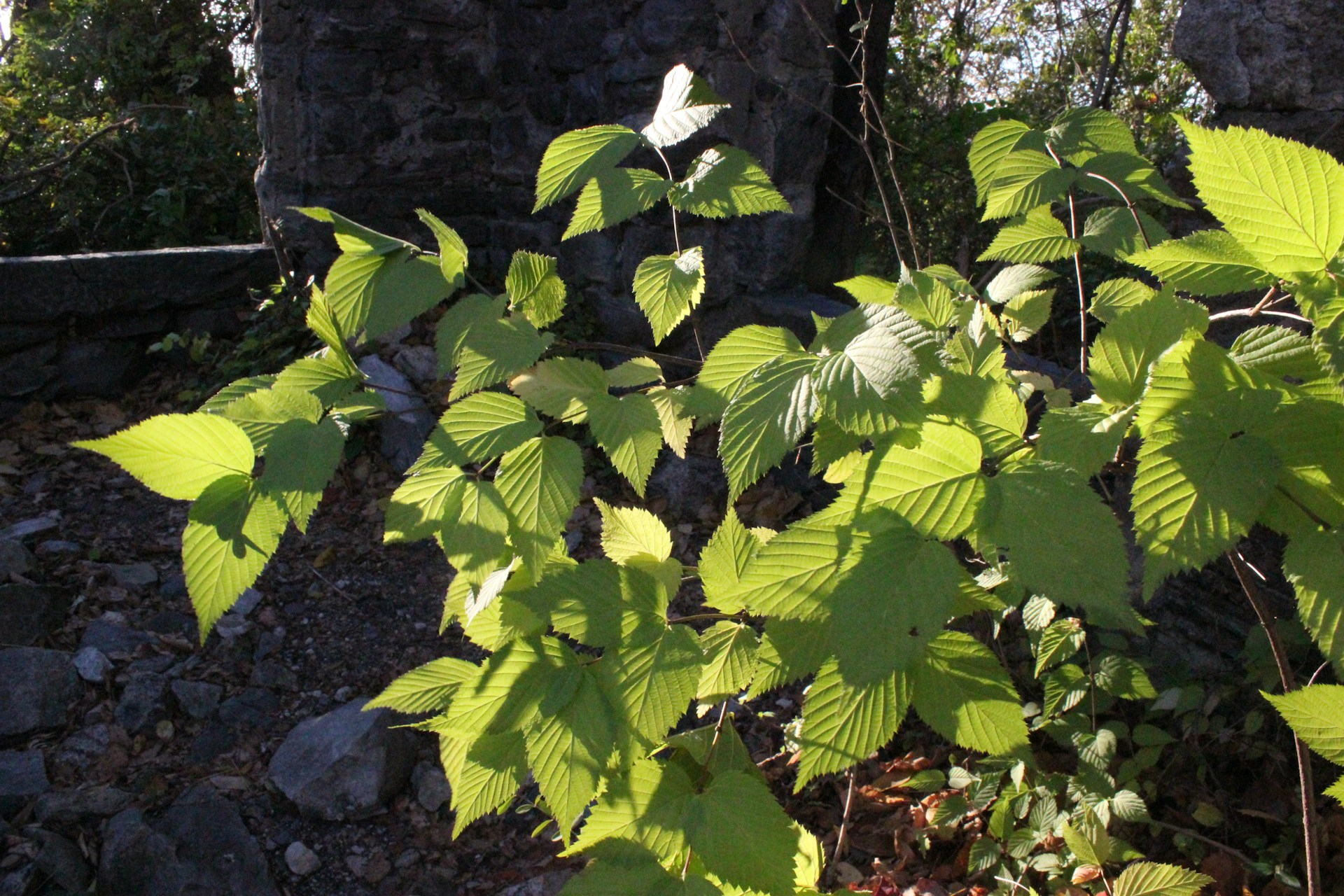
Downloads
Background: Dietary antioxidants are essential to prevent free radical-induced cell damage and maintain the body’s physiological functions. Sembung leaves are rich in polyphenols, which are known to have substantial antioxidant activities. The antioxidant efficacy of Sembung leaves can be enhanced by nanoparticle size.
Objectives: To examine the enhancement of antioxidant activity of Sembung leaf (Blumea balsamifera L.) extract modified into nanoparticles.
Methods: The extract used was an ethyl acetate fraction extract. The fresh leaves of Sembung ware macerated in 96% ethanol for 24 hours. Ethanol, n-hexan, and ethyl acetate solvents were used to fractionate the ethanolic extract. The extract of the ethyl acetate fraction was modified into nanoparticles through the ionic gelation method. The nanoparticles comprised three formulations, F1 (0.25% chitosan and 10 ml NaTPP solution), F2 (0.50% chitosan and 20 ml NaTPP solution), and F3 (0.75% chitosan and 30 ml NaTPP solution). The antioxidant activity was assessed by lipid peroxidation using ferric thiocyanate (FTC) followed by the thiobarbiturat (TBA) method. A Spectrophotometer UV-Vis was used to analyse the % inhibition values of the samples.
Results: The antioxidant activity assay on the sample of ethyl acetate fraction using the FTC method showed 31.25% inhibition, and using the TBA method indicated 17.34% inhibition. Meanwhile, the % inhibition was 23.77% and 40.43% in the nanoparticle sample with the FTC and TBA methods, respectively.
Conclusions: This study revealed that nanoparticles of Sembung leaves can increase antioxidant activities. These findings offer potential applications in the development of existing antioxidant products.
Shetty, S. S. et al. Environmental pollutants and their effects on human health. Heliyon 9, e19496 (2023). DOI: 10.1016/j.heliyon.2023.e19496
Son, E. S. et al. Effects of antioxidants on oxidative stress and inflammatory responses of human bronchial epithelial cells exposed to particulate matter and cigarette smoke extract. Toxicol. Vitr. 67, 104883 (2020). DOI: 10.1016/j.tiv.2020.104883
Didier, A. J. et al. Antioxidant and Anti-Tumor Effects of Dietary Vitamins A, C, and E. Antioxidants 12, (2023). DOI: 10.3390/antiox12030632
Sahiner, M., Yilmaz, A. S., Gungor, B., Ayoubi, Y. & Sahiner, N. Therapeutic and Nutraceutical Effects of Polyphenolics from Natural Sources. Molecules 27, (2022). DOI: 10.3390/molecules27196225
Viña, J., Borras, C., Abdelaziz, K. M., Garcia-Valles, R. & Gomez-Cabrera, M. C. The free radical theory of aging revisited: The cell signaling disruption theory of aging. Antioxidants Redox Signal. 19, 779–787 (2013). DOI: 10.1089/ars.2012.5111
Muthoni Guchu, B., Machocho, A. K. O., Mwihia, S. K. & Ngugi, M. P. In Vitro Antioxidant Activities of Methanolic Extracts of Caesalpinia volkensii Harms., Vernonia lasiopus O. Hoffm., and Acacia hockii de Wild. Evidence-based Complement. Altern. Med. 2020, (2020). DOI: 10.1155/2020/3586268
Gutiérrez-Del-río, I. et al. Terpenoids and polyphenols as natural antioxidant agents in food preservation. Antioxidants 10, (2021). DOI: 10.3390/antiox10081264
Sugier, P. et al. Chemical Characteristics and Antioxidant Activity of Arctostaphylos uva-ursi L. Spreng. at the Southern Border of the Geographical Range of the Species in Europe. Molecules 26, 1–22 (2021). DOI: 10.3390/molecules26247692
Jacob, J. & K, S. Antioxidant and Anti-Inflammatory Properties of Pterospermum Rubiginosum Heyne Ex Wight and Arn and Pterospermum Reticulatum Wight and Arn (Sterculiaceae): an in Vitro Comparative Study. Asian J. Pharm. Clin. Res. 12, 272–275 (2019). DOI: 10.22159/ajpcr.2019.v12i2.28137
Jiang, L. L. et al. Bioactive compounds from plant-based functional foods: A promising choice for the prevention and management of hyperuricemia. Foods 9, (2020). DOI: 10.22159/ajpcr.2019.v12i2.28137
Anish, R. J., Sajeetha, S. & Rauf, A. A. Cytotoxic evaluation and phytochemical screening of an ethnomedicinal plant: Pterospermum rubiginosum from southern Western Ghats. J. Med. Plants Stud. 9, 51–58 (2021). DOI: 10.22271/plants.2021.v9.i5a.1332
Huang, X. L., Wang, D. W., Liu, Y. Q. & Cheng, Y. X. Diterpenoids from Blumea balsamifera and Their Anti-Inflammatory Activities. Molecules 27, (2022). DOI: 10.3390/molecules27092890
Kusumawati, I. G. A. W. et al. Effect of loloh sembung (Blumea balsamifera) maturity stage on antioxidant activity. J. Gizi dan Diet. Indones. (Indonesian J. Nutr. Diet. 6, 1 (2019). DOI: 10.3390/molecules27092890
Pang, Y. et al. Blumea balsamifera- A phytochemical and pharmacological review. Molecules 19, 9453–9477 (2014). DOI: 10.3390/molecules19079453
Maulydia, N. B. et al. GC-MS Analysis Reveals Unique Chemical Composition of Blumea balsamifera (L.) DC in Ie-Jue Geothermal Area. Grimsa J. Sci. Eng. Technol. 1, 9–16 (2023). DOI: 10.61975/gjset.v1i1.6
Widhiantara, I. G. & Jawi, I. M. Phytochemical composition and health properties of Lycium europaeum L.: A review. Vet. World 14, 1185–1196 (2021).DOI: 10.14202/vetworld.2021.1185-1196
Zhang, H. et al. Antioxidant activities and chemical constituents of flavonoids from the flower of Paeonia ostii. Molecules 22, (2017).DOI: 10.14202/vetworld.2021.1185-1196
Bisognin, D. A., da Luz, L. V., Lencina, K. H., dos Santos, C. O. & Sautter, C. K. Contents of total phenolics and flavonoids in and antioxidant activity of Ilex paraguariensis leaves. Pesqui. Agropecu. Bras. 54, e00856 (2019). DOI: 10.1590/S1678-3921.PAB2019.V54.00856
Maryam, S., Baits, M. & Nadia, A. Pengukuran Aktivitas Antioksidan Ekstrak Etanol Daun Kelor (Moringa oleifera Lam.) Menggunakan Metode FRAP (Ferric Reducing Antioxidant Power). J. Fitofarmaka Indones. 2, 115–118 (2016). DOI: 590/S1678-3921.PAB2019.V54.00856
Sharma, S. & Vig, A. P. Evaluation of in vitro antioxidant properties of methanol and aqueous extracts of Parkinsonia aculeata L. leaves. Sci. World J. 2013, (2013). DOI: 10.1155/2013/604865
Li, L. et al. In Vitro and In Vivo Antioxidative and Hepatoprotective Activity of Aqueous Extract of Cortex Dictamni. World J Gasteroenterology 7, 30–45 (2018). DOI:
Maslahat, M., Nurilmala, F. & Harpeni, L. Aktivitas Antioksidan Ekstrak Air Simplisia Daun Sembung (Blumea balsamifera). J. Sains Nat. 3, 129 (2017). DOI: 10.31938/jsn.v3i2.62
Nurviana, V., Alifiar, I., Wulandari, W. T., Dewi, R. & Nuraeni, R. Potensi Antidioksidan Sediaan Nanopartikel Ekstrak Kernel Biji Limus (Mangifera foetida Lour). J. Farm. Udayana 144–151 (2020). DOI:10.24843/jfu.2020.v09.i03.p02
Rahmi, A., Afriani, T., Hevira, L. & Widiawati, W. Uji Aktivitas Antioksidan dan Fenolik Total Fraksi Etil Asetat Daun Sembung (Blumea balsamifera (L.) DC). J. Ris. Kim. 12, (2021). DOI: 10.25077/jrk.v12i2.383
Syamsul, E. S., Hakim, Y. Y. & Nurhasnawati, H. Penetapan Kadar Flavonoid Ekstrak Daun Kelakai (Stenochlaena palustris (Burm. F.) Bedd.) dengan Metode Spektrofotometri UV-VIS. J. Ris. Kefarmasian Indones. 1, 11–20 (2019). DOI: 10.33759/jrki.v1i1.46
Mau, M. Y. Penetapan Kandungan Fenolik Total dan Uji Aktivitas Antioksidan Fraksi Etil Asetat Ekstrak Metanol Daun Dudu (Piper sarmentosum roxb.). Lit. J. Ilm. Sos. 3, 107–118 (2021).
Rahman, S., Kosman, R. & Rahmaniar, I. Uji Aktivitas Antioksidan Ekstrak Etanol Daun Sirsak (Annona Muricata L) pada Tikus Putih (Rattus norvegicus) Diabetes Melitus yang Diinduksi Aloksan dengan Parameter Malondialdehid (MDA). J. Ilm. As-Syifaa 6, 34–42 (2014). DOI: 10.33096/jifa.v6i1.31
Dwitarani, N., Amin, R. R., Sofyah, T. M., Ramadhani, D. N. & Sutoyo, S. Sintesis Dan Karakterisasi Nanoherbal Ekstrak Etanol Kayu Secang (Caesalpinia sappan L.). J. Kim. Ris. 6, 102 (2021). DOI: 10.20473/jkr.v6i2.30883
Bachir Bey, M., Richard, G., Meziant, L., Fauconnier, M. L. & Louaileche, H. Effects of sun-drying on physicochemical characteristics, phenolic composition and in vitro antioxidant activity of dark fig varieties. J. Food Process. Preserv. 41, (2017). DOI: 10.1111/jfpp.13164
Wendersteyt, N. V., Wewengkang, D. S. & Abdullah, S. S. Uji Aktivitas Antimikroba Dari Ekstrak dan Fraksi Ascidian Herdmania Momus dari Perairan Pulau Bangka Likupang terhadap Pertumbuhan Mikroba Staphylococcus aureus, Salmonella typhimurium dan Candida albicans. Pharmacon 10, 706 (2021). DOI: 10.35799/pha.10.2021.32758
Aminah, A., Tomayahu, N. & Abidin, Z. Penetapan Kadar Flavonoid Total Ekstrak Etanol Kulit Buah Alpukat (Persea americana Mill) dengan Metode Spektrofotometri Uv-Vis. J. Fitofarmaka Indones. 4, 226–230 (2017). DOI: 10.33096/jffi.v4i2.265
Suharyanto, S. & Prima, D. A. N. Penetapan Kadar Flavonoid Total pada Juice Daun Ubi Jalar Ungu (Ipomoea Batatas L.) yang Berpotensi Sebagai Hepatoprotektor dengan Metode Spektrofotometri UV-Vis. Cendekia J. Pharm. 4, 110–119 (2020). DOI: 10.31596/cjp.v4i2.89
Saputri, R. & Hakim, A. R. Penetapan Kadar Flavonoid Total Dan Kadar Fenolik Total Ekstrak Kulit Buah Pitanak (Nephelium sp.). J. f Pharm. Care dan Sci. 2, 92–96 (2022).
Nuraeni, W., Daruwati, I., W, E. M. & Sriyani, M. E. Verifikasi Kinerja Alat Particle size analyzer (PSA) Horiba Lb-550 Untuk Penentuan Distribusi Ukuran Nanopartikel. Pros. Semin. Nas. Sains dan Teknol. Nukl. 266–271 (2013).
Copyright (c) 2025 Amerta Nutrition

This work is licensed under a Creative Commons Attribution-ShareAlike 4.0 International License.
AMERTA NUTR by Unair is licensed under a Creative Commons Attribution-ShareAlike 4.0 International License.
1. The journal allows the author to hold the copyright of the article without restrictions.
2. The journal allows the author(s) to retain publishing rights without restrictions
3. The legal formal aspect of journal publication accessibility refers to Creative Commons Attribution Share-Alike (CC BY-SA).
4. The Creative Commons Attribution Share-Alike (CC BY-SA) license allows re-distribution and re-use of a licensed work on the conditions that the creator is appropriately credited and that any derivative work is made available under "the same, similar or a compatible license”. Other than the conditions mentioned above, the editorial board is not responsible for copyright violation.








